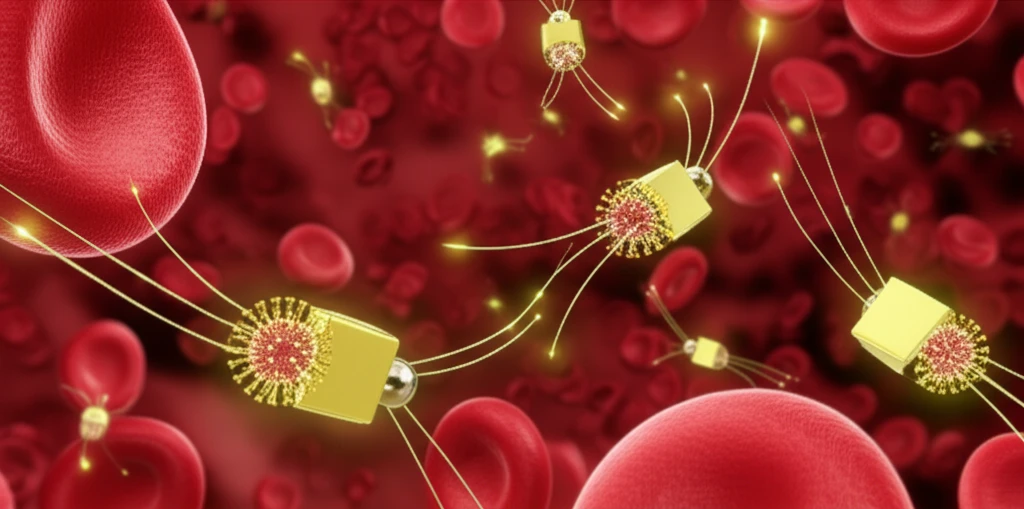
Fever Alert: A New Rapid Test to Tell Ebola from Malaria
"This innovative point-of-care diagnostic could revolutionize how we handle outbreaks of deadly hemorrhagic fevers in regions where similar illnesses are common."
Imagine a world where a simple fever could mean any number of dangerous diseases. This is the reality in many parts of the world, particularly in areas where outbreaks of deadly hemorrhagic fevers like Ebola occur alongside common illnesses like malaria. The challenge? Early symptoms are often strikingly similar, making accurate diagnosis based on clinical signs alone incredibly difficult.
The Ebola outbreak in West Africa from 2014 to 2016 underscored the urgent need for better diagnostic tools. Traditional methods like PCR (polymerase chain reaction) are highly accurate but require specialized labs and trained personnel – resources often scarce in outbreak zones. While rapid tests exist, they often lack the ability to differentiate between multiple diseases presenting with similar symptoms.
Now, researchers are offering a promising solution: a new point-of-care diagnostic test that can quickly distinguish between Ebola, Lassa fever, and malaria using a single blood sample. This innovative approach uses surface-enhanced Raman scattering (SERS) to detect antigens from each disease, providing results in under 30 minutes. Let's dive into how this technology works and why it could be a game-changer for outbreak response.
How Does the SERS Diagnostic Work?

The SERS-based diagnostic hinges on a clever use of nanotechnology. Here's a breakdown of the key components:
- Silica Shell: The gold nanoparticle and Raman reporter are encased in a silica shell. This shell acts as a protective barrier, preventing the reporter from detaching and blocking unwanted signals from the blood sample.
- Antibodies: The silica shell is coated with antibodies that are specific to antigens (proteins) from Ebola, Lassa fever, or malaria. These antibodies act like tiny hooks, grabbing onto the target antigens if they're present in the sample.
- Magnetic Microparticles: These particles are also coated with the same antibodies, creating a "sandwich" effect. When the target antigen is present, it binds to both the SERS nanotag and the magnetic microparticle.
Why This Matters
This new SERS-based diagnostic offers several key advantages:
Speed and Simplicity: Results are available in under 30 minutes, and the test requires minimal training and equipment.
Multiplexing: The ability to test for multiple diseases simultaneously is crucial in areas where overlapping infections are common. Cost-Effectiveness: The potential for low-cost production makes this test accessible to resource-limited settings. Temperature Stability: The reagents are designed to be stable at ambient temperatures, eliminating the need for refrigeration. While further research is needed, including real-world testing during outbreaks, this SERS technology holds tremendous promise for improving our ability to diagnose and respond to deadly infectious diseases. It’s a significant step toward a future where a simple fever doesn’t have to be a terrifying mystery.
